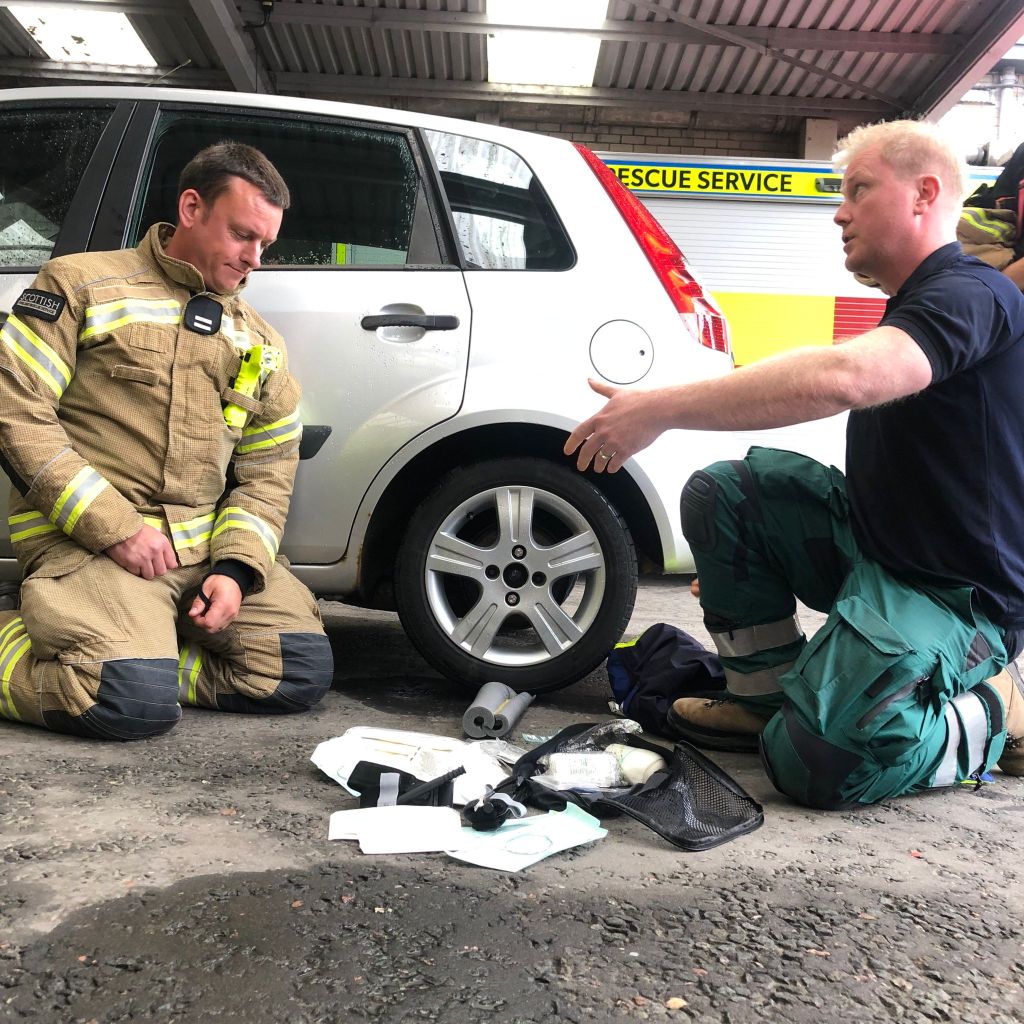The requirements for prehospital amputation are rare – other than cutting small remaining soft tissue bridges after traumatic injury.
Following optimisation of oxygenation, ventilation, and intravenous or intraosseous access, ketamine as a bolus followed by incremental doses provides safe sedation. Ketamine, a dissociative agent, is known for its unique properties and versatility in clinical practice. It acts primarily on the NMDA receptor, resulting in analgesia, sedation, and amnesia while maintaining cardiovascular stability.
The procedure can be summarised as follows:
- Apply an effective proximal tourniquet, ensure appropriate analgesia.
- Amputate as distally as possible to save tissue.
- Perform a guillotine amputation (sharp dissection of skin and soft tissue, with use of a gigli saw for bone).
- Consider applying haemostats or sutures to large blood vessels (rarely needed).
- Dress stump.
- Leave the tourniquet in place, if prolonged prehospital care is anticipated this can be converted.
Pre-amputation photographs may be taken, antibiotics are administered, and the amputated limb is transported to the hospital (if possible). In some cases, donor tissue from the amputated part may be used for reconstruction.
Contraindications
In procedures like this although there are no absolute contraindications, precautions need to be taken to reduce the risk of infection, especially hepatitis/HIV. It is crucial to handle scalpels and sharp instruments with extreme care. Usually ever effort will be made to avoid amputation, and it will be utilised as a last resort.

Amputation training with our state of the art improvised amputation manikin!